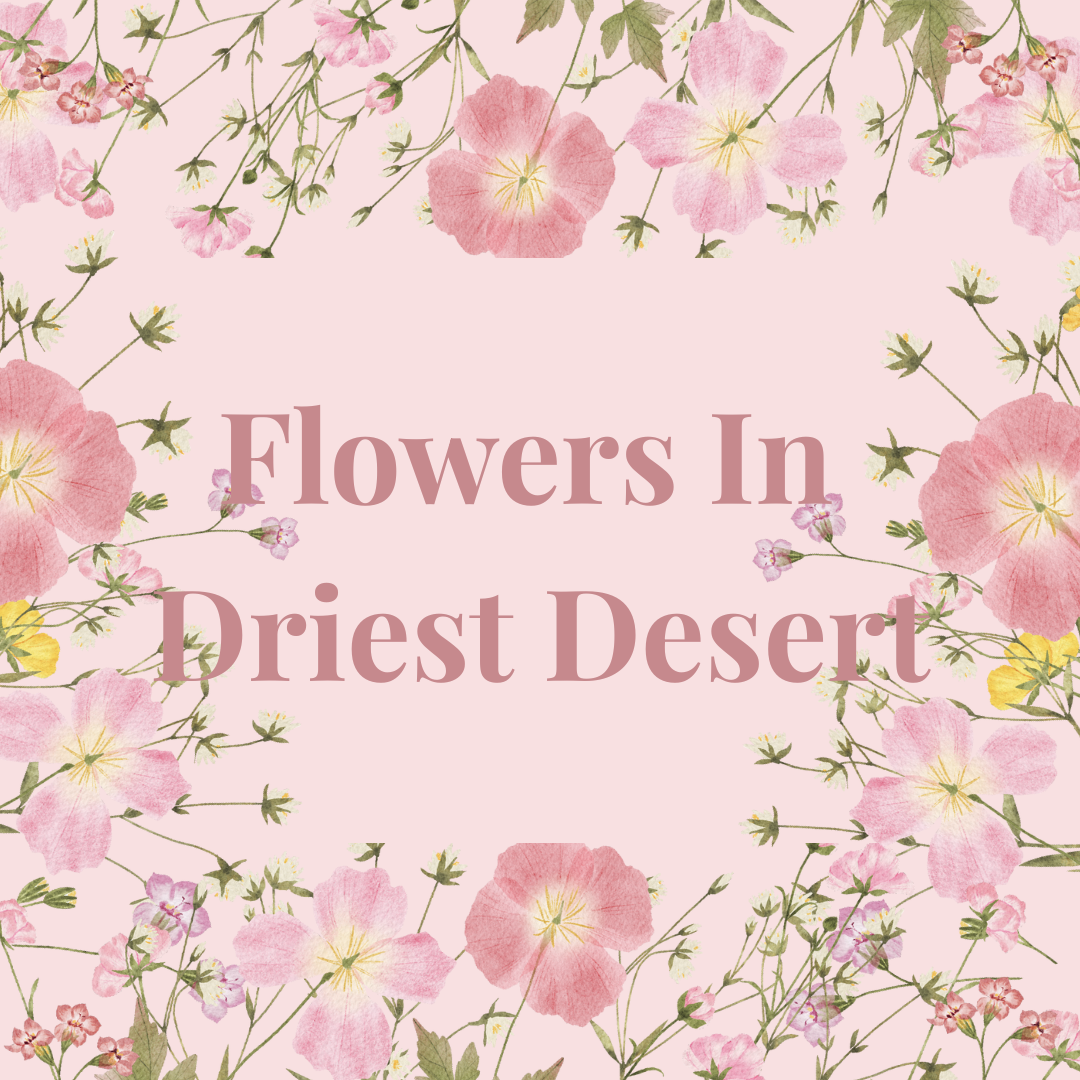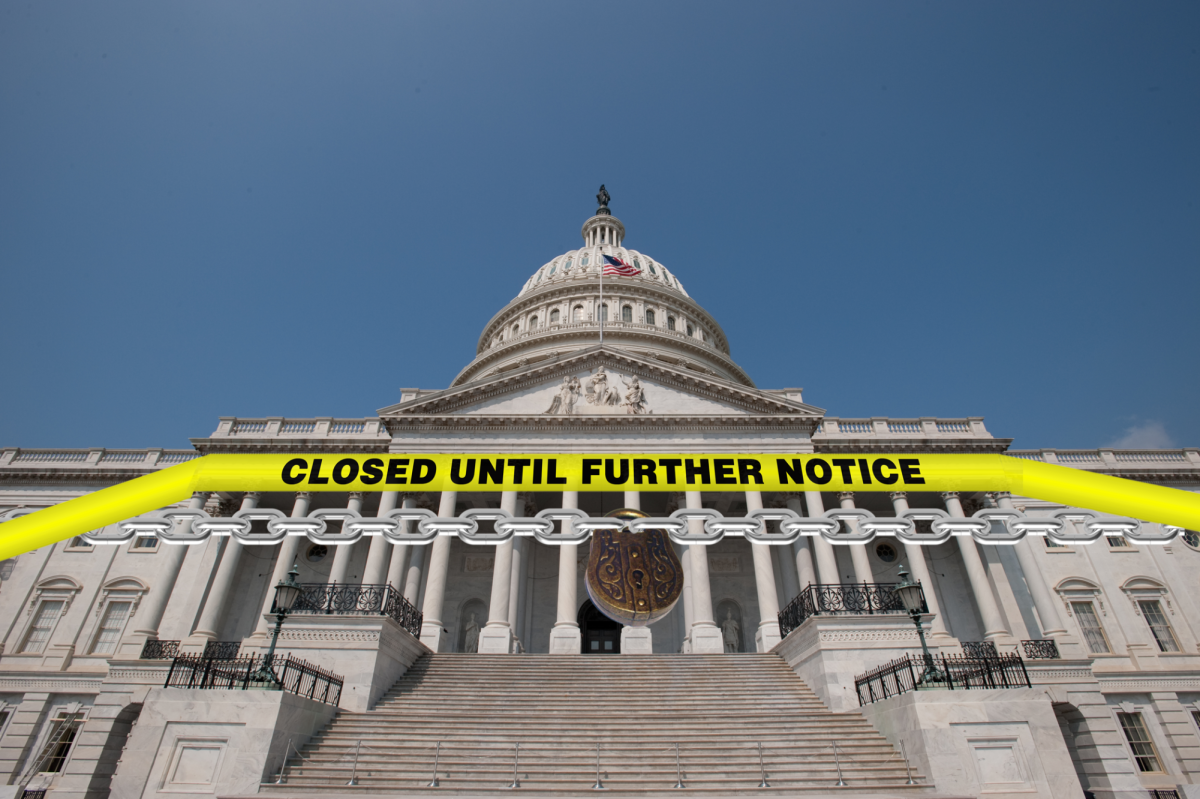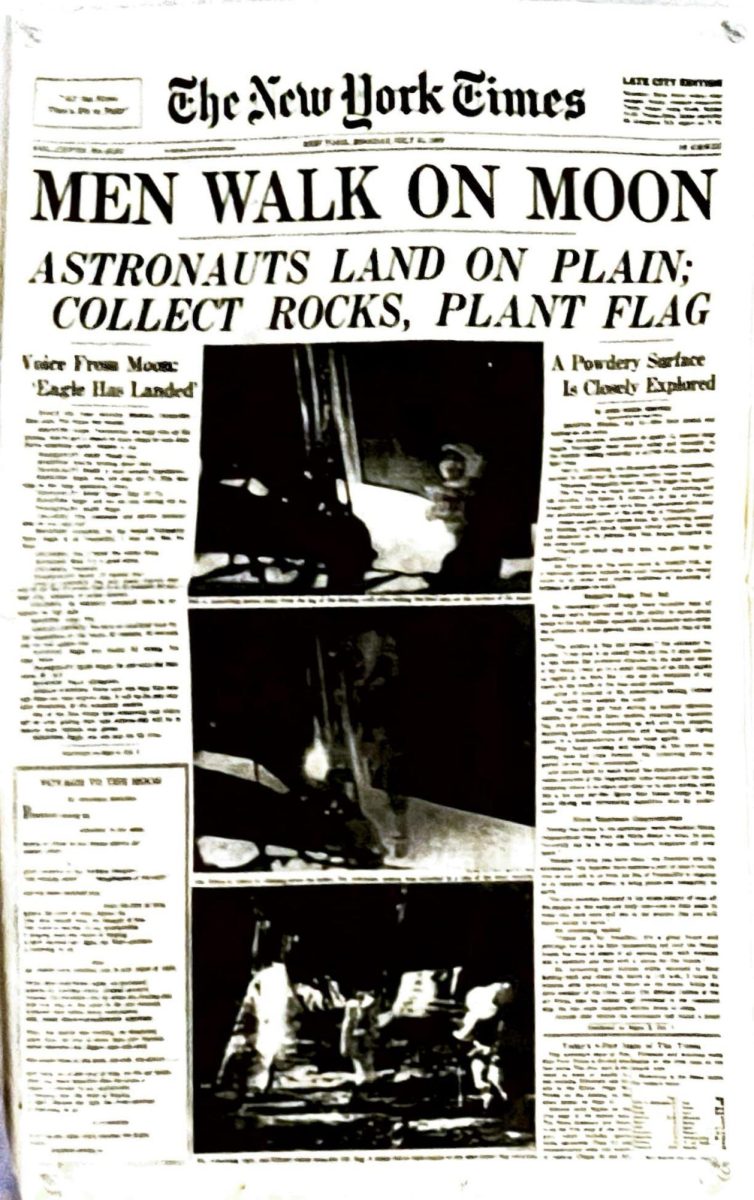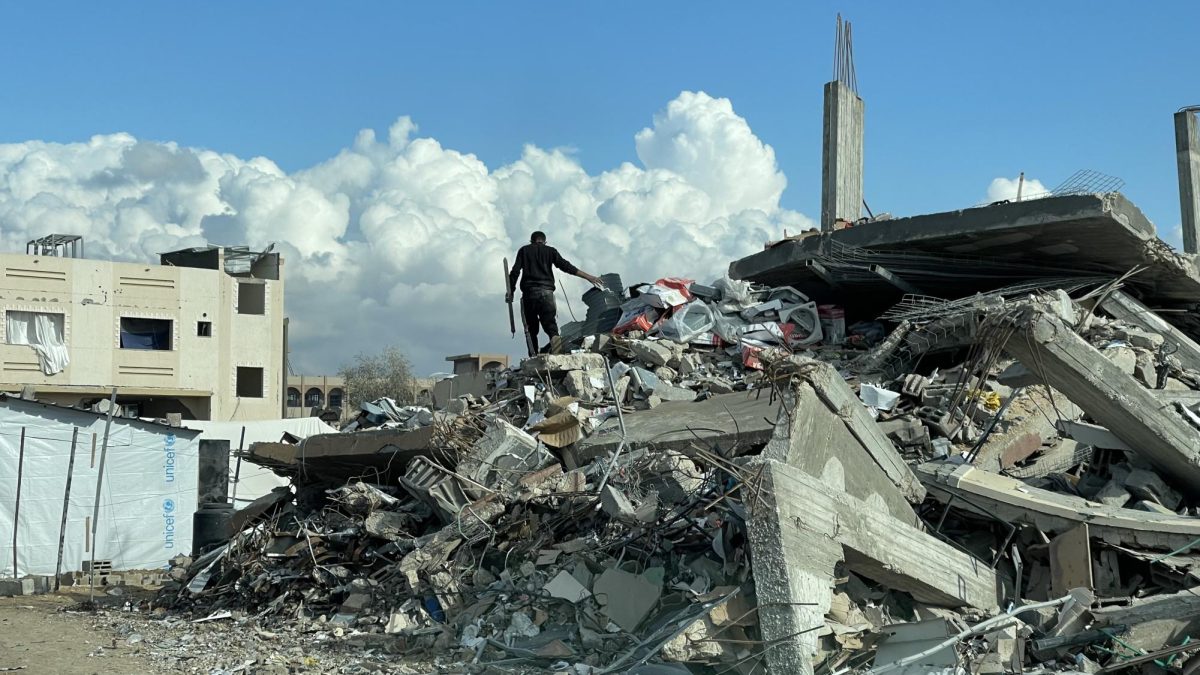Chile’s Atacama Desert, which is the driest non-polar desert in the world, has started to grow fuchsia-colored wildflowers. Unusual rainfall has caused these flowers to bloom all over the area. The desert averages about 15 millimeters of rainfall each year, but the driest areas will average one to three millimeters. Experts have said that 2025 is the wettest year for the Atacama Desert, with the higher elevated areas receiving up to 60 millimeters of rain during July and August.
According to an article written by AP News, Victor Ardiles, chief curator of botany at Chile’s National Museum of Natural History, explains how the flowers are able to bloom. Ardiles said that there are over 200 flower species with seeds that wait for the winter rainfalls in the soil.
“When certain moisture thresholds are met, [the seeds] activate, grow and then bloom,” Ardiles said.
The moisture comes from the Amazon basin. Dormant seeds need to store up at least 15 millimeters of water to germinate. Even if moisture arrives, there’s no guarantee that the flower seeds will grow.
“There are four key factors that determine whether this process reaches the seed – water, temperature, daylight and humidity,” Ardiles explained. “Not all the seeds will germinate, some will remain waiting … a portion will make it to the next generation, while others will be left behind along life’s path.”
Although most of the flowers are fuchsia-colored with pink and purple, there are some yellow, blue, red and white strands that were able to come up.
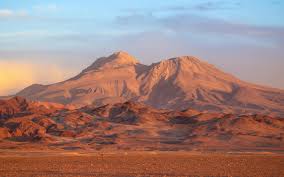
Jessica Lagunas, a sophomore at ERHS, shared what she thinks about this short-lived sight.
“I find it interesting because you wouldn’t really expect a dry desert to bloom flowers,” Lagunas said. “But I also think its scary because it could be a sign of climate change.”
Lagunas added that she thinks this rare sight might happen again.
“I think this will happen again, and the rainfall will be more because of climate change,” Lagunas explained. “If the flowers bloom again next year, it can be a good and bad thing.”
Many tourists are visiting the desert to see these wildflowers while they can. The flowers are expected to be gone by November when summer begins, but some who can survive the dry weather will be there until January.

